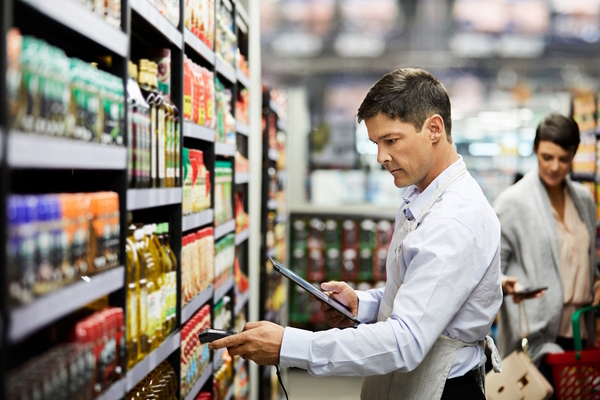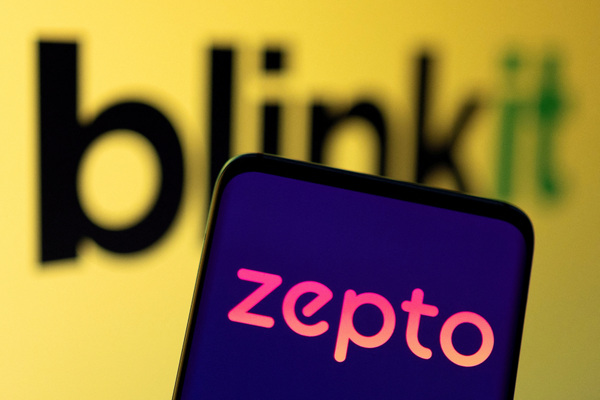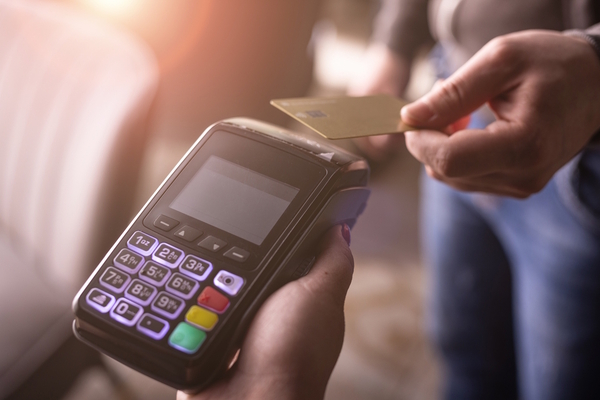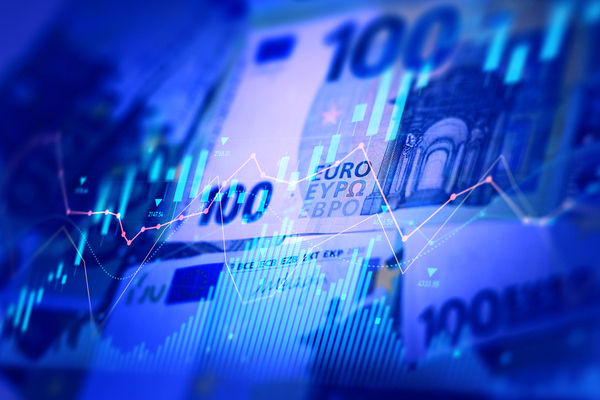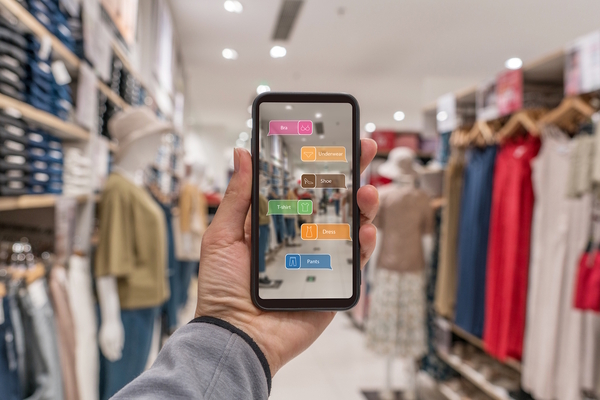Why RFID is fundamental to meeting the future of retail
Sponsored by Checkpoint Systems
What do you imagine when you think of the future of retail? Slick e-commerce websites, innovative in-store experiences, game-changing apps? In reality, the key to digital transformation may be something as simple as a label.
RFID (radio-frequency identification) is a wireless communication technology that uses radio waves to read information without a direct line of sight. Although it isn’t new, RFID is an essential first step on the journey to the future of retail, and can be integrated seamlessly into your labels
One scan of an item’s unique RFID inlay can provide a wealth of information about the product, including where it was manufactured, which store it was originally sent to, where it is now, and its purchase history. This unparalleled transparency sets retailers on the path to meeting – and exceeding – emerging customer shopping habits.
Going beyond customer expectations
Modern technology has raised the bar where customer expectations are concerned. If they’re looking for a particular garment in a particular size, customers expect the retailer to know whether it’s in stock and where they can get it.
RFID helps retailers enormously because they know exactly what they have and where. If the item isn’t in store A, it might be in store B, and if your infrastructure is good enough, you can offer immediate pick-up in a nearby store or other similar services. These services are all facilitated by impeccable data, and that data usually comes from RFID.
Retailers who tag their products with RFID can reach up to 99 per cent inventory accuracy without manual stock counts. Superior inventory management isn’t just essential for revenue and service, it’s also crucial for next-generation retail models such as omnichannel.

Gear up for next-generation shopping habits
According to data collected by McKinsey, between 60 and 70 per cent of consumers expect a seamless “omnichannel” experience as they hop between desktop, mobile, app and in-store in a single transaction. Using RFID, retailers have the inventory accuracy they need to meet modern consumer expectations of services such as buy online, pick up in-store. And omnichannel is just the start of more convenient shopping experiences.
“Frictionless” shopping is the next big thing in retail. According to a report by PwC, one in two shoppers will actively switch to frictionless retail experiences when given the chance. Embedding RFID inlays into garments allows scanners to read the basket’s contents in seconds, so customers can enjoy a smooth, convenient shop without scanning a single item.
Curate experiential retail spaces
The in-store shopping experience has become a key focus point for brands wanting to move into the future of retail, where shopping feels more like a five-star experience. RFID technology is key in the creation of such spaces.
When used alongside the right hardware, RFID provides an extra layer of protection and adds a use-case, increasing the value of your labels and the potential return on investment. You’re free to push retail display boundaries, create more inviting environments and facilitate product interaction without the threat of theft, all from just one label.
Adding RFID to your loss-prevention strategy also lets you gather intelligent data on your theft hotspots and targeted items. You can then strategically deploy RFID hard tags as a visual theft deterrent to increase protection, if that’s your thing.
RFID as electronic article surveillance (EAS) has come a long way. When combined with modern hardware such as Checkpoint’s SFERO modular system, retailers can create open, unblocked store entrances which are still fully EAS-protected. Options such as our dual-technology RFID and RF labels allow retailers to still use their traditional RF gates for loss prevention, so you get inventory benefits and commercial intelligence while using your existing loss-prevention hardware.
Unlock product authentication and circularity
RFID is also a key component in convenient, quibble-free returns. Because the embedded technology can hold the product’s entire purchase history, retailers can quickly and easily validate an item with a single scan while stamping out fake returns and wardrobed items. Customers can also return their items to any store rather than being limited to the location they purchased from.
The authentication aspect of RFID could also allow retailers to own the resale of preloved goods as part of retail’s rapidly rising circular economy. Goods can be authenticated using UHF RFID, which is accessible to retailers only, or NFC RFID, which is accessible to customers via smartphone. The latter is a luxury brand favorite due to its encrypted, encoded chip data and authentication options.
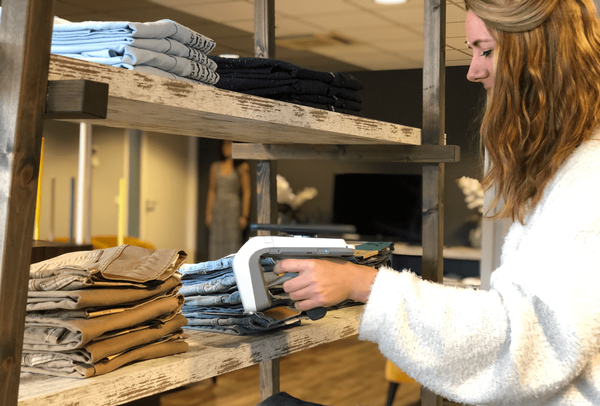
Beginning your RFID journey
While RFID implementation may seem complex, experts such as I and my team at Checkpoint tailor each rollout to the needs and means of each retailer. RFID can be implemented smoothly, with ROI often delivered between 12 and 20 months, depending on the scale and complexity of the project. It can even be as simple as encoding a roll of stickers and applying them to product labels in-store. Since no two businesses are the same, we treat each rollout as an individual project.
Whatever the approach, it’s clear that RFID is one of the most accessible and versatile digital transformation technologies available to retailers today. It is not a case of if you choose to start the journey, but when.
Unlock the future of retail and start your RFID journey with Checkpoint today!

Business Reporter Team
Most Viewed
Winston House, 3rd Floor, Units 306-309, 2-4 Dollis Park, London, N3 1HF
23-29 Hendon Lane, London, N3 1RT
020 8349 4363
© 2025, Lyonsdown Limited. Business Reporter® is a registered trademark of Lyonsdown Ltd. VAT registration number: 830519543
